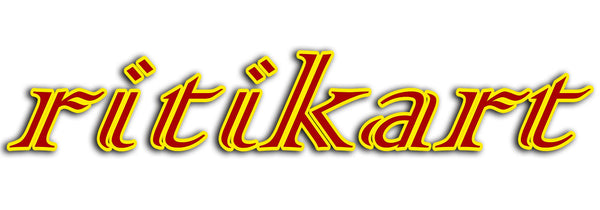Indians have been recognized worldwide for the beautiful paintings they make, and the Patachitra Folk Art Paintings are just one such type of art form. Painting of Patachitra is an art form. It comprises different compositions and color schemes. In fact, it is an indigenous art form that has been passed down from generation to generation. In actuality, it is a very ancient work and can be traced back to the 8th century AD. Artisans in those times claimed to offer their services (both to Hindu deities and royal families) because of the special nature of their pattachitra paintings. Pattachitra was initially used to convey stories but later evolved into an art form, which was practiced by all the tribal people living in the town Raghurajpur which is about 14 Km from Puri. The artisans of this region would showcase images of Krishna, Ganesha, and other deities in their expressions and gestures.
The Patachitra pictures are a lovely depiction of its age-old tradition. They stand out for their extraordinary vividness, superb line, and border work, and most significantly, their effervescence and natural hues. One of the best examples of preserving an antiquated art style is Patachitra.
How Pattachitra Paintings are made?
The word “Pattachitra” means a small sketch made by a picture maker. Each piece of the art form is mainly drawn on cloth which is then used as its medium. This technique ensures that every work of art created bears the signature of its originator.
The preparation of the canvas is the first step in the pattachitra painting technique (pata). Paintings are created on both cotton and silk canvas. Beginning with 4-5 days of soaking in a solution of water and crushed imli seeds, the canvas is processed. The layered material is first dried, and then both sides are coated with a paste made of chalk powder, imli, and gum. After drying, the canvas is smoothed by repeatedly rubbing it with khaddar stone. Chikana stone is then rubbed on canvas once it has become smooth to shine on the fabric.
In ancient times, one of the hardest things to do was to color the painting. The most commonly used colors were black, white, red, and yellow. But, nowadays the process of preparation of each color is easier as the artisans buy different type of stones and minerals from the market and then mix it in dried coconut shells to prepare each different colors.
There are numerous themes depicted in these paintings that are often strongly influenced by folk and mythological stories. They include representations of three main gods Brahma, Vishnu, and Shiva. Krishna's Leela, Jagannath, Durga, Ganesh and other key divinities are also depicted. Besides, animals and other elements from nature are made to beautify the painting further.
All in all, Pattachitra folk art painting is still alive and kicking in the modern world. The requirements of the several millions of visitors that visit the Jagannath temple each year during the ritual ceremony of deities have contributed to the survival of Pattachitra folk art paintings to this day. To prevent its extinction from the dominant metropolitan cultures, this iconic Indian art artwork is now even used in the production of contemporary clothing and accessories. Hence, if you prefer to hang something different on the wall, then opt for a Pattachitra painting. These paintings are unique and come up with some exotic designs.

